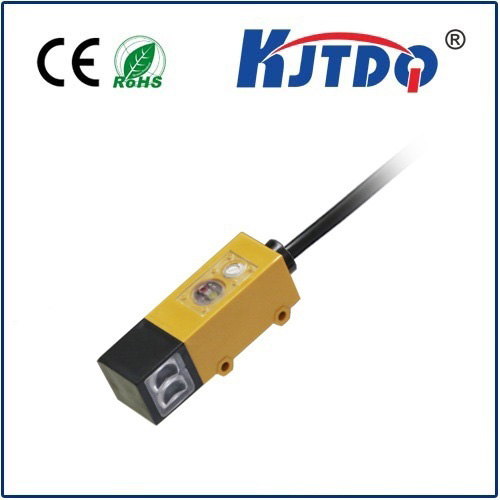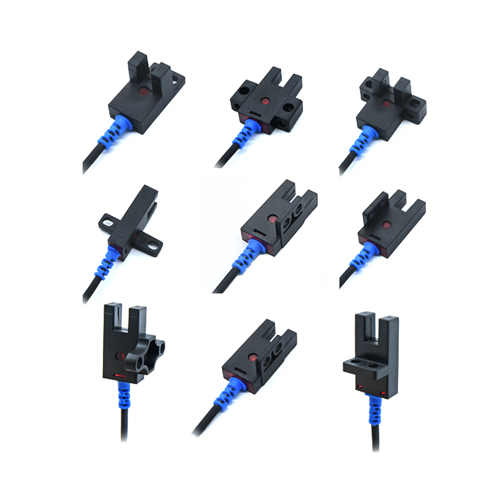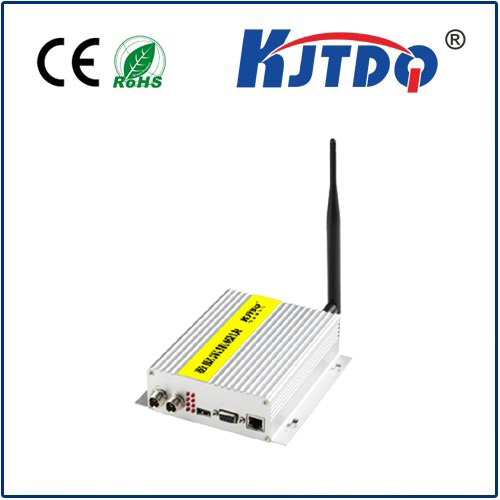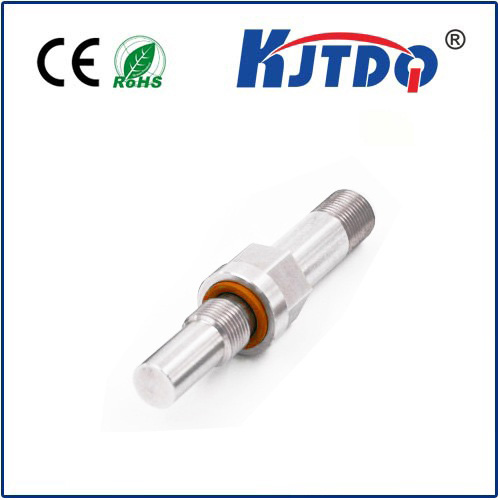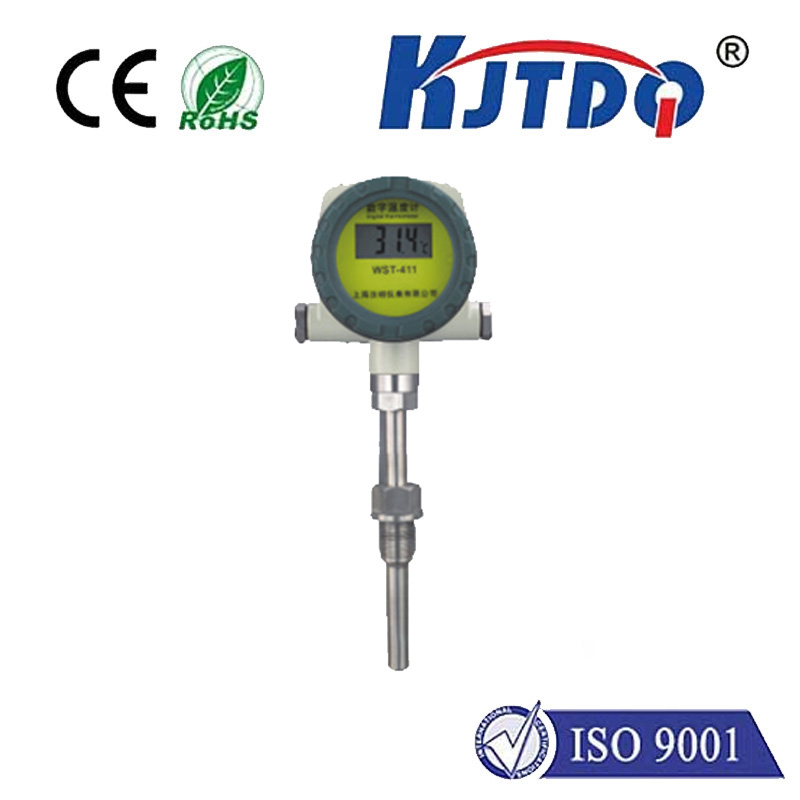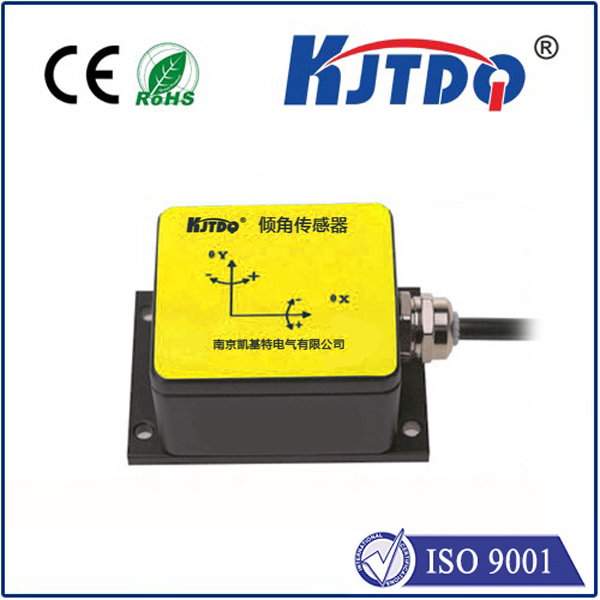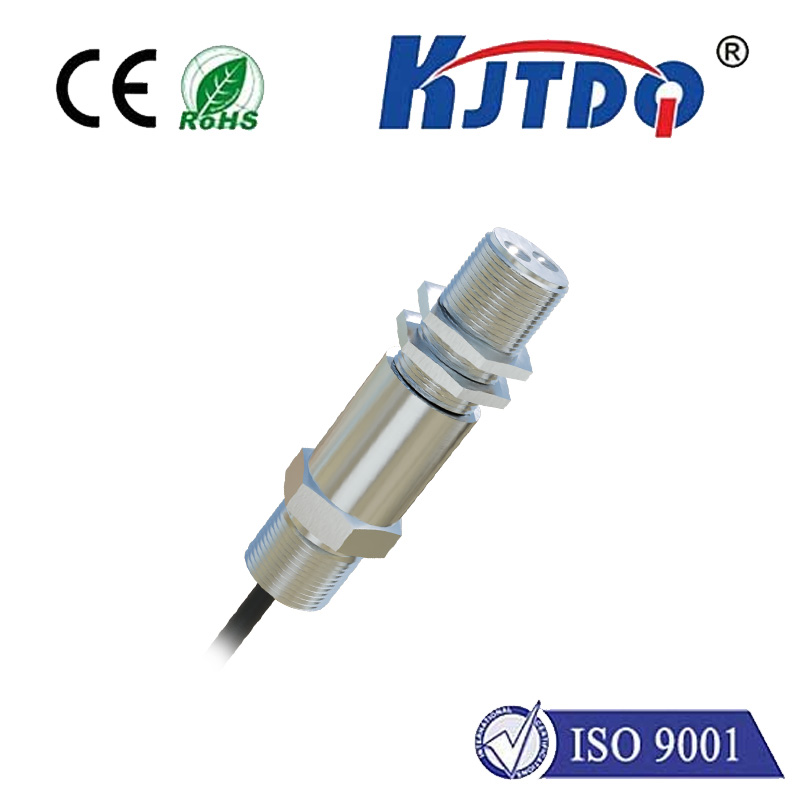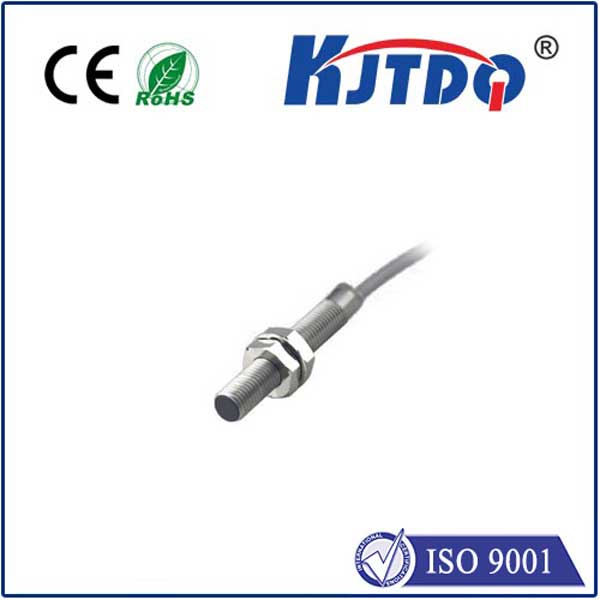Датчик приближения Zigbee
- time:2025-06-16 16:05:21
- Нажмите:0
Unlock Smart Spaces: The Power and Potential of Zigbee Proximity Sensors
Imagine walking into a room where lights automatically illuminate your path, climate systems adjust to your presence, and security silently activates when you leave. This seamless, responsive environment isn’t just science fiction; it’s increasingly powered by intelligent, connected devices. Among the most versatile enablers of such smart interactions are Zigbee proximity sensors, acting as the digital guardians that detect presence and absence, triggering a cascade of automated actions within a wireless mesh network. Understanding their capabilities is key to building truly intuitive and efficient spaces.
Beyond the Beep: What is a Zigbee Proximity Sensor?
At its core, a proximity sensor detects the presence or absence of an object (typically a person) within a designated range without physical contact. A Zigbee proximity sensor integrates this detection capability with the Zigbee wireless communication protocol. Zigbee is a low-power, low-data-rate standard specifically designed for mesh networking in Internet of Things (IoT) applications. This means each sensor doesn’t just talk directly to a central hub (like a router); it can relay signals through other Zigbee devices, creating a robust, self-healing network that extends range and improves reliability, especially in larger homes, offices, or complex industrial settings.
- The Detection Heart: Most commonly, these sensors use passive infrared (PIR) technology. PIR sensors detect changes in infrared radiation emitted by warm bodies. When you move within its field of view, the sensor triggers. Some advanced models might incorporate ultrasonic or microwave radar sensing for different detection characteristics (e.g., finer sensitivity to minor movements through obstacles).
- The Communication Powerhouse: The Zigbee radio module takes the detection signal and transmits it wirelessly across the mesh network. Key advantages include:
- Low Energy Consumption: Zigbee devices are designed to sip power, allowing sensors to run for years on simple batteries. This is crucial for unobtrusive placement.
- Robust Mesh Network: Signals hop from device to device, ensuring coverage even if one path is blocked. This provides excellent range extension and network resilience.
- Interoperability (with Zigbee 3.0): Modern Zigbee sensors adhering to the Zigbee 3.0 standard are designed to work seamlessly with a wide range of certified smart home hubs and devices from different manufacturers, reducing compatibility headaches.
- Reliable & Secure: Zigbee operates on less crowded sub-1GHz frequencies (like 2.4GHz globally) and includes robust security features for encrypted communication.
Why Choose Zigbee? Contrasting the Landscape

While other wireless protocols exist (Bluetooth, WiFi, Z-Wave), Zigbee offers distinct advantages for proximity sensing applications:
- vs. Bluetooth (BLE): Zigbee provides significantly longer range and far superior multi-device network scalability crucial for whole-home/office automation. BLE mesh is improving but often consumes more power.
- vs. WiFi: Zigbee sensors are vastly more energy-efficient, avoiding the constant high power drain of WiFi. They also reduce congestion on your primary WiFi network, a major benefit as IoT devices proliferate.
- vs. Z-Wave: Both are low-power mesh standards. Choice often comes down to ecosystem preference and regional frequency availability. Zigbee devices tend to be slightly more numerous and sometimes less expensive.
Where the Magic Happens: Key Applications
The applications for Zigbee proximity sensors are incredibly diverse, spanning residential, commercial, and industrial domains:
- Smart Home Automation (The Core):
- Lighting Control: Automatic lights on/off as you enter/leave rooms, hallways, or closets. Huge energy savings potential.
- Climate Efficiency: Trigger HVAC systems to activate “occupied” mode only when someone is detected in a room, avoiding wasted energy.
- Enhanced Security: Arm security systems automatically when the last person leaves the home (occupancy detection). Trigger alarms if unexpected movement is detected in restricted areas during specific times.
- Convenience Scenes: Trigger “welcome home” scenes (lights, music, thermostat adjust) upon arrival. Turn off TVs and unused appliances when a room is empty.
- Location Awareness: Track presence in key zones (e.g., knowing someone is safely inside the bathroom for elderly care).
- Commercial & Office Spaces:
- Energy Management: Drastically reduce energy costs by automating lighting and HVAC in meeting rooms, offices, and restrooms based on occupancy.
- Space Utilization: Gain insights into how meeting rooms, desks, or common areas are actually used for better facility planning.
- Building Access & Safety: Monitor restricted zones or ensure areas are clear during maintenance. Integrate with access control for automated door unlocking.
- Retail: Trigger welcome messages or targeted displays when customers approach specific sections.
- Healthcare & Assisted Living:
- Safety Monitoring: Detect if a resident has fallen or hasn’t moved from a bed/chair within an expected timeframe (presence detection).
- Automated Assistance: Turn on nightlights automatically when someone gets up during the night.
- Staff Efficiency: Notify caregivers when a resident enters or leaves their room.
Implementation Essentials: Deployment and Considerations
Deploying Zigbee proximity sensors effectively requires some planning:
- The Hub is Key: You need a Zigbee hub or smart home controller (like those from SmartThings, Hubitat, Amazon Echo (4th gen+ with Zigbee), Philips Hue Bridge, or dedicated Zigbee gateways) to coordinate the network and integrate sensors with other devices and automations.
- Strategic Placement: Consider the sensor’s detection range, angle, and field of view. Avoid pointing directly at heat sources (radiators, windows with strong sunlight) or air vents that can cause false triggers. Mount at optimal heights (often 6-8 feet for human detection). Test placements before permanent mounting.
- Network Health: A strong mesh network relies on having enough mains-powered Zigbee devices (like smart plugs or lights) acting as routers throughout the space. This ensures battery-powered sensors (which are typically end devices) can reliably relay their signals. Monitor your hub’s network map.
- Automation Logic: Use the hub’s automation engine (or platforms like Home Assistant) to define what happens when the sensor triggers (e.g., “If Living Room Sensor detects motion AND time is after sunset, turn on Living Room Lights”). Setting appropriate timeouts and conditions is crucial to avoid unintended triggers.
- Choosing the Right Sensor: Consider detection technology (PIR for basic motion, radar for presence through obstacles), range, battery life, and specific features like temperature/humidity sensing if needed. Ensure it’s Zigbee 3.0 certified for best interoperability.
The Future is Proximate: Evolving Capabilities
The world of proximity sensing is constantly advancing. Expect future Zigbee sensors to integrate more sophisticated detection methods, potentially combining PIR, radar, and even simple cameras (with privacy focus) for more accurate presence detection (distinguishing stillness from absence) and even rudimentary gesture recognition. Enhanced Matter protocol support (built atop technologies like Thread and Wi-Fi, with bridges to Zigbee) will further simplify integration across different smart home ecosystems. Predictive algorithms leveraging sensor data will enable even smarter, anticipatory automation.
Harnessing Awareness







